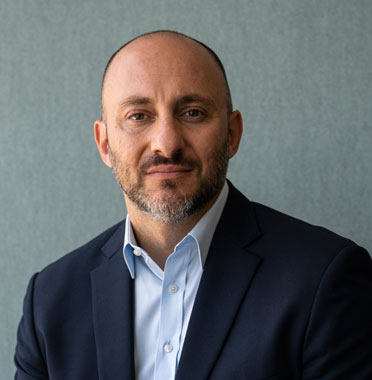

Infographics can propel MedTech research and campaigns and enhance the user experience. Here Fabricio Pamplona, co-founder of online infographic maker for scientists Mind the Graph, explores the power of visuals in MedTech and medical communication.

Infographics can propel MedTech research and campaigns and enhance the user experience. Here Fabricio Pamplona, co-founder of online infographic maker for scientists Mind the Graph, explores the power of visuals in MedTech and medical communication.

We’ve all dabbled with apps that affect various parts of our health and wellness, but never in a holistic way. This is an opportunity for the tech sector to help patients drive better health outcomes and reduce overall healthcare costs by showing them how to embark on a path of wellness. It’s just a matter of pulling it together into the right user experience.

Data analytics can provide a more streamlined view of your customers and simplify the complex challenges faced by medical device commercial operations teams.

John Mastrototaro, Ph.D., biomedical engineer and CEO of Movano discusses strategies to improve data accuracy, the convergence of consumer wearables and medical remote monitoring devices and what healthcare providers are seeking in remote data delivery.

Numerous studies have explored the challenge of helping patients adhere to their medication regimens. One promising solution is “smart” medication blister packs with embedded sensors that enable caregivers to remotely monitor if—and when—doses are removed. But they can only be used if they are cyber-hardened against today’s dangerous and ever-evolving cybersecurity risks.

The COVID-19 pandemic exposed the necessity of virtual care and revealed its possibility as a more efficient means of administering treatment in an overwhelmed and understaffed infrastructure. Its fast-paced adoption highlighted the need for global standards and third-party certifications.

Inaccurate data entry, discomfort and privacy concerns are among the issues that developers and designers must address to realize the promise of medical wearables.

The second part of this two-article series on digital therapeutics (DTx) sheds light on challenges faced by the companies in the DTx market and outlines hurdles that must be overcome to achieve success.

A review of the top six reasons there has been a dramatic increase in the adoption of remote care among seniors.

Patient-administered healthcare is one of the fastest-growing segments in the medtech industry. When the patient becomes the operator, usability requirements are vastly different than those of trained clinicians, which elevates considerations in the design process.